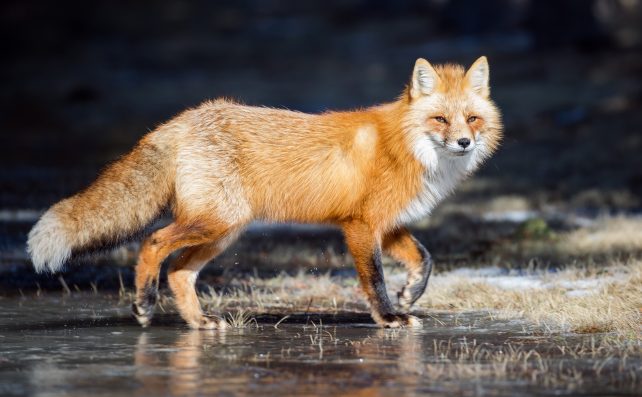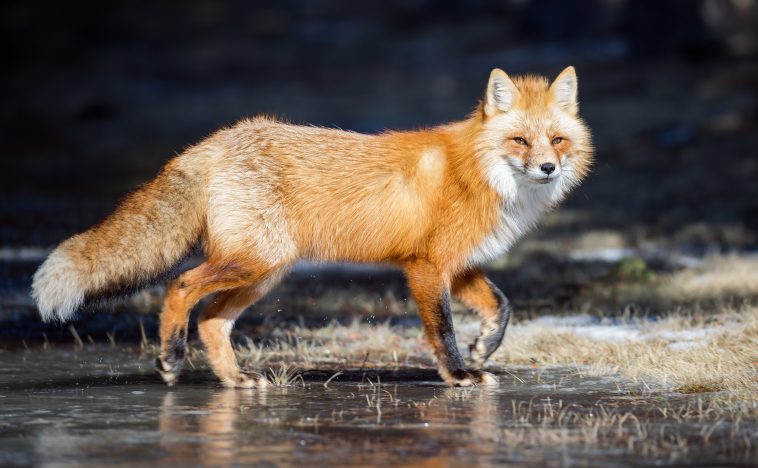At a gravesite in South America, the bones of a fox from a species that is now extinct were found buried alongside several human remains, indicating that ancient humans may have kept foxes as pets.
The excavations took place at a site called Cañada Seca, which is located in northwest Patagonia in Argentina.
The grave consisted of 18 adults and six younger relatives from around A.D. 450. Their remains were accompanied by some dogs and the extinct fox species Dusicyon avus.
Researchers analyzed ancient DNA to determine the species of the fox. At first, they assumed that it belonged to the genus Lycalopex, but upon further examination, they realized that the DNA actually aligned with the species Dusicyon avus.
Today, South America is home to 11 species of canid, which are a group of dog-like carnivores such as foxes, jackals, wolves, dogs, and coyotes.
D. avus was a medium-sized animal that weighed between 22 and 33 pounds. It is believed to have gone extinct about 500 years ago.
Furthermore, the discovery of D.avus at the Cañada Seca site showed that the geographical range of the species stretched more north than previously thought.
The demise of D. avus can be attributed to habitat loss caused by climate change and “increased anthropogenic impact.”
Additionally, the introduction of domestic dogs from Mesoamerica to South America led the two species to mate, which may have further contributed to the extinction of D. avus.

Sign up for Chip Chick’s newsletter and get stories like this delivered to your inbox.


